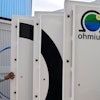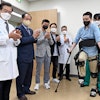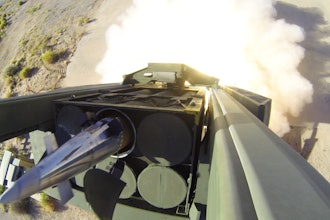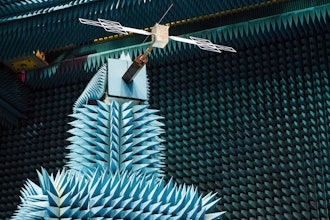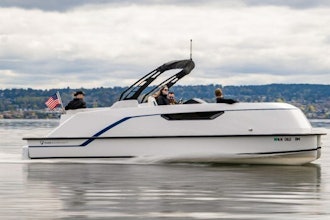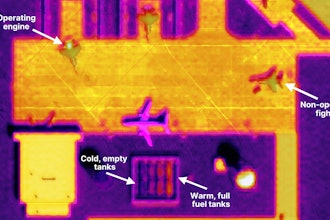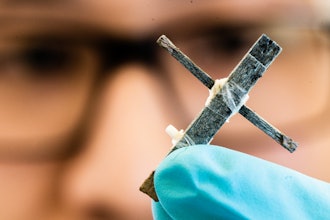
While some industrial equipment is still implemented with basic hardwired control circuits, modern systems today are typically automated by microcontrollers, programmable logic controllers (PLCs), or other digital platforms. Similarly, although traditional electro-mechanical limit switches are fairly common in simple equipment applications, equipment today is more likely to be heavily instrumented, taking advantage of advanced sensor devices and communication methods.
It is advantageous for designers to know the many discrete object sensing technologies and connectivity methods available so they can specify high-performance and cost-effective products for their applications.
Discrete Object Detection
The term “discrete object detection” refers to any method of sensing the presence—or alternately the absence—of a physical object, including a machine component, or a product or material being handled. The result is a “yes/no” signal. For instance, one discrete object sensor can be configured to detect whether an actuator is in the right position to receive a part, and a second sensor can be used to sense whether the part has been loaded.
Some sensors, particularly electromechanical limit switches, require direct physical contact, but this subjects them to wear and tear, and can mar the target. In many cases, it is preferable to use advanced electronics-based technologies, which can sense proximity from a greater distance without contact. Some of the most readily deployed discrete object sensing techniques (Figure 1) include:
- Limit switches: These use a mechanical lever, plunger, or other arrangement to operate electrical contacts.
- Magnetic proximity: These can sense magnetic targets at relatively long ranges, but are only suitable if a magnet can be mounted.
- Inductive proximity: These use an electromagnetic field for detecting various metallic objects. Ferrous metals are easiest to detect.
- Capacitive proximity: These use an electrostatic field for detecting all types of objects and materials.
- Ultrasonic sensors: These transmit and receive sound waves bounced off a target, and are useful for detecting clear or impeded paths.
- Photoelectric sensors: These use light—visible red, infrared, or laser wavelengths—to detect targets, and come in many variations.
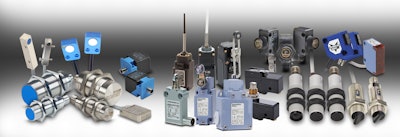 Figure 1: No single discrete object sensor is the optimal selection for all industrial applications, so designers are best served when they can choose from a large portfolio of devices from a supplier like AutomationDirect.AutomationDirect
Figure 1: No single discrete object sensor is the optimal selection for all industrial applications, so designers are best served when they can choose from a large portfolio of devices from a supplier like AutomationDirect.AutomationDirect
Every sensor selection involves evaluating a series of tradeoffs to find the acceptable fit for application, and price/performance ratio. Cost considerations must include the installation and operational costs in addition to a sensor’s base price. And performance involves meeting requirements for physical form factor, environmental compatibility, sensing range, and accuracy.
Making the Connection
Sometimes sensor technology is associated with certain form factor and connectivity methods. The form factor considerations include effective sensor mounting and choosing construction materials and sensing methods that can withstand the environment.
For example, electromechanical limit switches are available with many types of mechanical operators, and usually have threaded conduit connections for use with traditional wiring methods. However, a wide variety of sensors are available in more compact barrel-type arrangements, and may come with attached cables for wiring or quick-disconnect options. Quick-disconnect options are preferred in many cases for simplified installation and maintenance.
Sensors used for industrial purposes must usually carry NEMA or IEC ratings, making them suitable for use in dusty—and sometimes wet or washdown—environments. Shock and vibration exposure is another factor for consideration, and solid-state electronic sensors may perform better in these types of environments than mechanical versions.
Traditional discrete object sensors are simply connected with a 2-wire on/off signal for an electrical circuit or PLC digital input, using 24 VDC or sometimes 120 VAC. Electromechanical contacts are designated as normally-open (NO) or normally-closed (NC), and designers must ensure a given sensor provides sufficient quantities of these NO and NC contacts to meet application needs.
In recent years, many original equipment manufacturers (OEMs) have shifted to using 24VDC 3-wire connection methods, which are typically applicable to more advanced sensor types generating a solid-state output. Solid-state outputs are electronic in nature, so they have an operating life that far exceeds electromechanical contacts. These outputs typically use DC, though some are available in AC versions. When working with DC sensors, designers must coordinate NPN/sinking and PNP/sourcing arrangements with the entire circuit’s electrical design.
The connectivity methods discussed so far are “read only,” but some of today’s electronic sensors can support two-way communication with additional advanced information and configuration options. This can be accomplished using a protocol such as IO-Link, which is a standardized input/output technology for providing smart communication between a sensor and an associated supervisory device such as a PLC (Figure 2). Many OEMs are taking advantage of these capabilities to deliver optimized automated equipment.
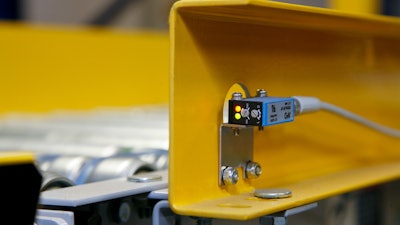 Figure 2: In addition to providing basic on/off signals, many modern electronics-based devices such photoelectric sensors are compatible with IO-Link to provide advanced data and connectivity.AutomationDirect
Figure 2: In addition to providing basic on/off signals, many modern electronics-based devices such photoelectric sensors are compatible with IO-Link to provide advanced data and connectivity.AutomationDirect
No One size Fits All
There is no universal best sensor technology, and in fact, many overlap in their capabilities for supporting applications. With the basics in mind, designers are well-served by working with suppliers offering broad portfolios of sensor types and connectivity options so they can obtain the best-fit products to automate industrial equipment.
About the Author
Bill Sonnenthal is a technical marketing engineer at AutomationDirect. He has worked at AutomationDirect since 2009 in technical and marketing roles, and holds a BSEE degree from the Georgia Institute of Technology. Before joining the company, Bill spent 15 years designing, programming, and commissioning control systems in the newspaper and printing industry.


